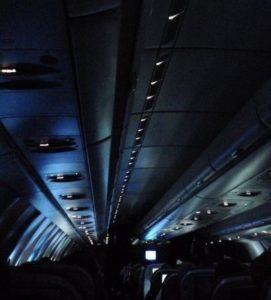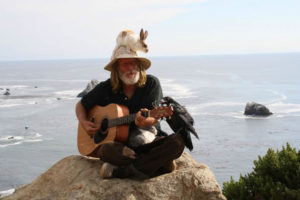Journey into Night- David Sedaris
Progym: Description/Narrative
Travelling is something that I am fortunate enough to be able to do. I’ve road tripped to neighboring states with car rides up to six hours long. For international vacations however, planes are obviously one of the best ways to travel. There is a very specific feeling of being on a plane. It starts at the airport, waiting for the workers to call your group to board the plane.
“Passengers in group A may now board at this time”
“Passengers in group B may now board at this time”
“Passengers in group C may now Board at this time”
Typically this is when my family and I would board the plane. We walked past the booth, each of us holding our own boarding pass, scanning it as we walked by the booth. As we walked the slightly downward corridor to the plane. When we enter the plane we are instantly greeted by the pilot standing right outside the cockpit, and shortly after by the flight attendants. The people sitting in the upper class seats, the part that screams luxury, are already sitting comfortably in their abnormally large seats. I keep looking for my seat looking down at my boarding pass to find the correct seat and looking back up to find the matching seat. We come to a halt, waiting for other passengers to put their luggage in the overhead compartment. Finally, I reach my seat, I put my luggage away and relax in my chair.
While the rest of the passengers finish boarding the plane, the plane gradually gets louder. Clearly the engines are firing up. As we prepare for takeoff the signal for the seatbelts come on. The plane backs out of where it is parked, we go to the strip where we prepare for takeoff. We start moving forward, gradually gaining speed to the point where everything outside becomes a blur, and eventually the wheels lift the ground and we are in the air, gaining altitude every second.
I pass the time with a movie and with the snacks provided by the flight attendent. But my main thought is about the destination, of what I was going to do and experience there. I could hardly hold back the excitement of landing in a completely new location. The only thing holding me back is the time left on the flight, waiting patiently to arrive in a new place. As cliche as plane rides are, it is a type of travel. A good experience for some and a poor experience for many.

 www.kickvick.com/77-powerful-photos/
www.kickvick.com/77-powerful-photos/